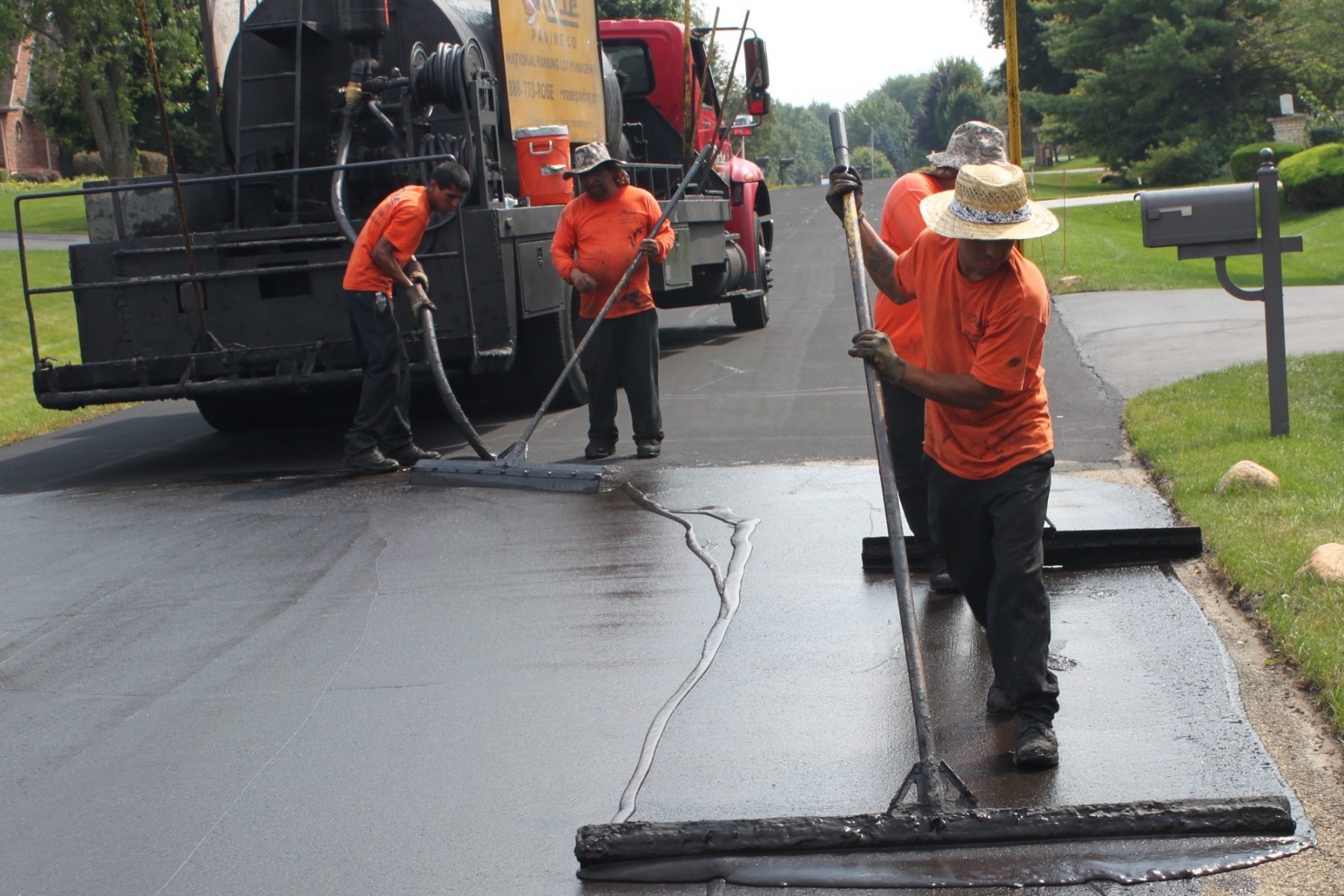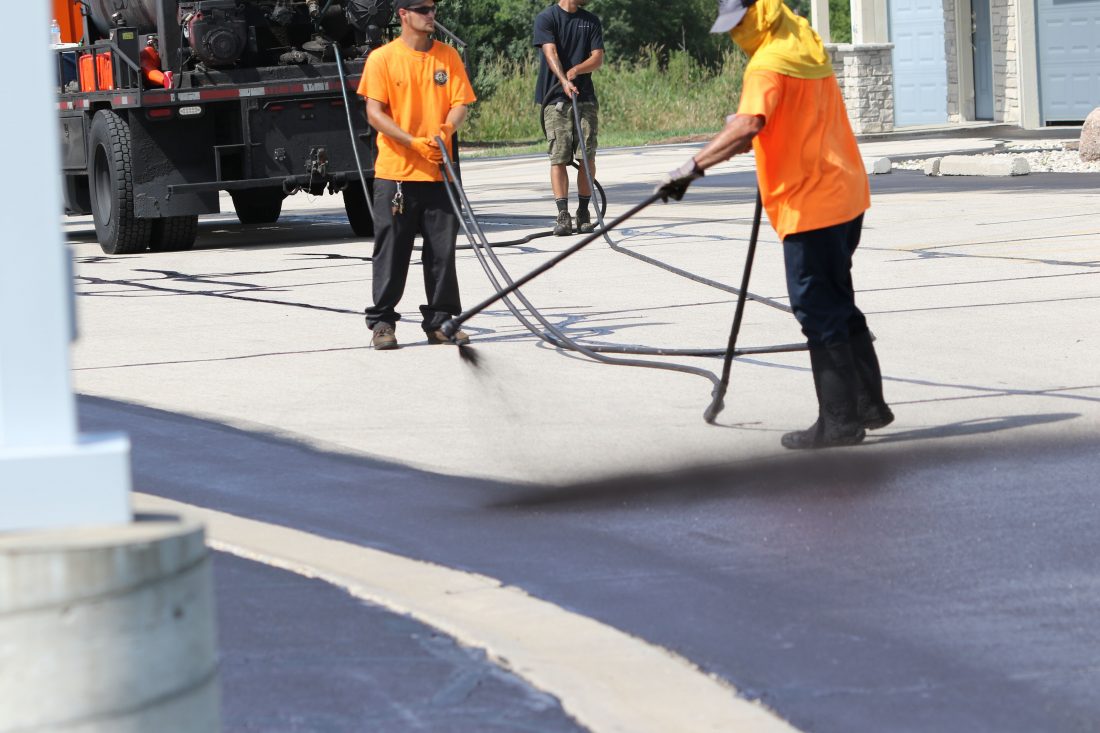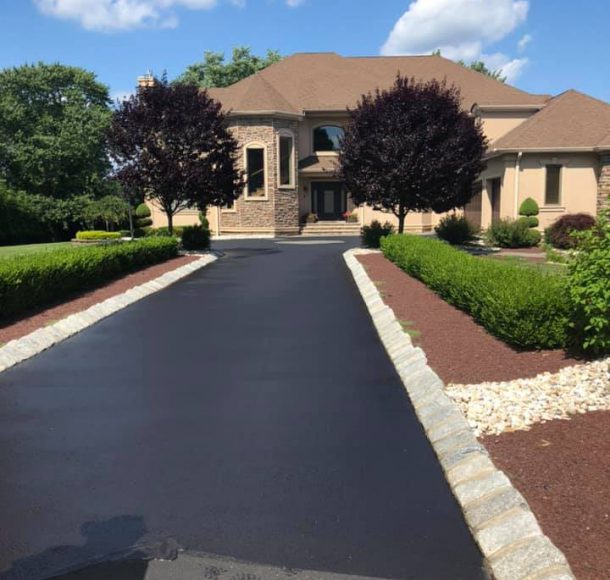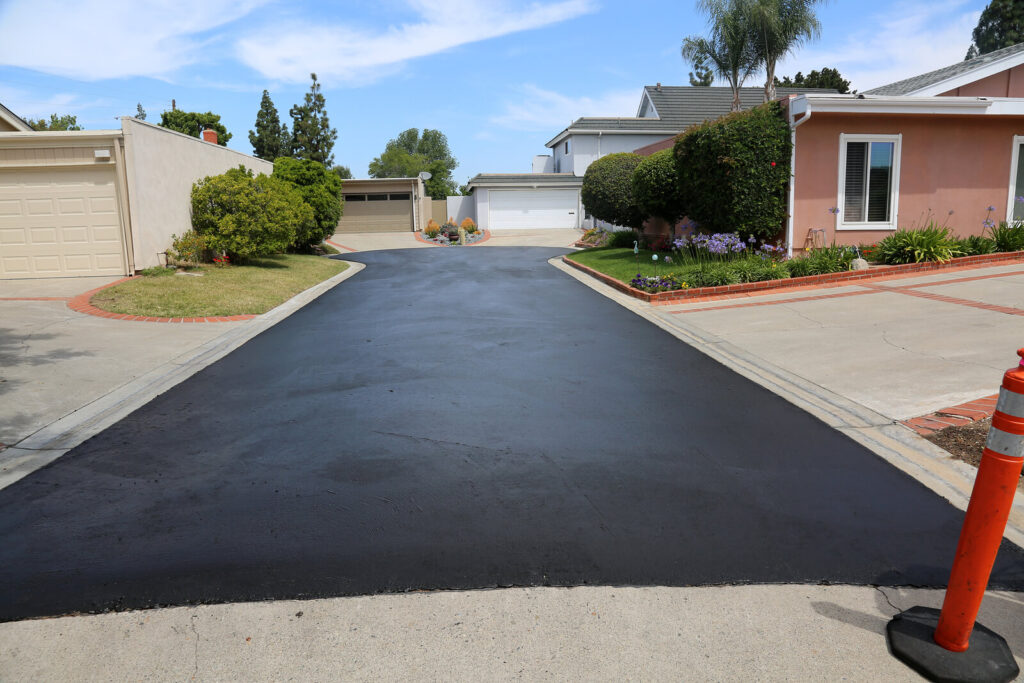While asphalt may seem like an extremely durable material, it requires special care and maintenance to stay strong. If supported properly, asphalt pavement can last for up to 20 years. Its lifespan also depends on how heavy the traffic is and which climate the pavement is in.
To make sure your asphalt driveway or parking lot serves you for many years, it’s vital to take good care of it from the very beginning. You can also reach out to the leading asphalt paving contractors who specialize in meeting your pavement needs. Let’s look at five ways to strengthen your asphalt pavement and keep it in top shape for as long as possible.
1. Sealcoating
With time, even the most durable asphalt pavement starts deteriorating. Timely sealcoating can prevent such damages as cracks and potholes.
It’s the easiest and most affordable way to extend your pavement’s lifespan.

You can take advantage of sealcoating to:
- Keep the water out – sealcoating fills the smallest cracks in the pavement, keeping the water out and preventing damage.
- Delay oxidation – when asphalt is continuously exposed to UV rays and air, oxidation makes it brittle. Due to that, small cracks occur and eventually turn into serious problems, like potholes. According to sealcoating contractors at ABC Paving, sealcoating delays oxidation, helping the pavement stay damage-free longer.
- Resist oil and gasoline damage – since asphalt is petroleum-based, any similar liquids that leak on the pavement can mix in with the binder and make the surface softer. Oil leaks are just as dangerous for the pavement as water and UV rays. Sealcoating doesn’t allow the oil to reach the binder, thus preventing deterioration.
- Improve skid-resistance – this ability makes sealcoating an excellent choice for driveways and parking lots during cold and rainy seasons.
- Improve flexibility – unlike concrete, asphalt is a flexible material that can flex under the vehicle’s weight. This prevents it from cracking. With age, asphalt loses its flexibility. Sealcoating can improve its ability to be flexible and keep the pavement damage-free longer.
- Make it easier to clean – since sealcoating makes the pavement smoother, it becomes easier to clean.
Overall, sealcoating your parking lot is an essential part of asphalt maintenance. The frequency of sealcoating depends on how much you use the pavement.
Consider sealcoating your asphalt driveway once every three years. For parking lots that endure heavy traffic, you may want to do it annually.
2. Repair Damage Timely
A tiny hairline crack in your asphalt pavement can turn into a pothole within weeks. Once water seeps through the crack and gets under the pavement, it starts damaging the surface. As temperatures change, and water freezes or thaws, it causes the asphalt to expand and contract, thus creating holes.
Leaving small cracks unattended could spell disaster for your asphalt pavement. Make sure to take care of each problematic spot as soon as you notice it. The best time to repair all cracks and holes is before the hot and cold seasons settle in. If you start fixing problems when temperatures are below 50°F or above 75°F, the asphalt may not set.
3. Pay Special Attention to the Edges

The most vulnerable part of your asphalt pavement is the edges. If you don’t take proper care of them when paving the driveway or parking lot, these edges can become the beginning of your pavement’s end.
Secure the edges of your asphalt pavement properly to prevent cracks and other damage. To help transfer stress from the asphalt to the ground beneath it, driveways have a forty-five degree grading on the edges. Without edging, asphalt edges start cracking under the weight of the vehicles, affecting the entire pavement.
4. Keep It Clean
To make sure your asphalt pavement serves a long time, keep it clean. Dirt, dry leaves, garbage, and other debris as well as oil spills could damage the surface. Additionally, they can hide cracks, which could result in potholes.
5. Consider Replacing Your Asphalt
No matter how well you take care of your asphalt pavement, eventually, it gives out. Instead of trying to strengthen the old pavement, consider replacing it. Continuous repairs of old asphalt are much more expensive than opting for new pavement.

Old and damaged pavement doesn’t just look unappealing, it can be a source of slips, falls, and vehicle damage.
Final Thoughts
If you want your asphalt pavement to serve for decades, keep it clean, repair damage timely, and take full advantage of regular sealcoating. If your efforts don’t pay off, consider replacing the pavement.






